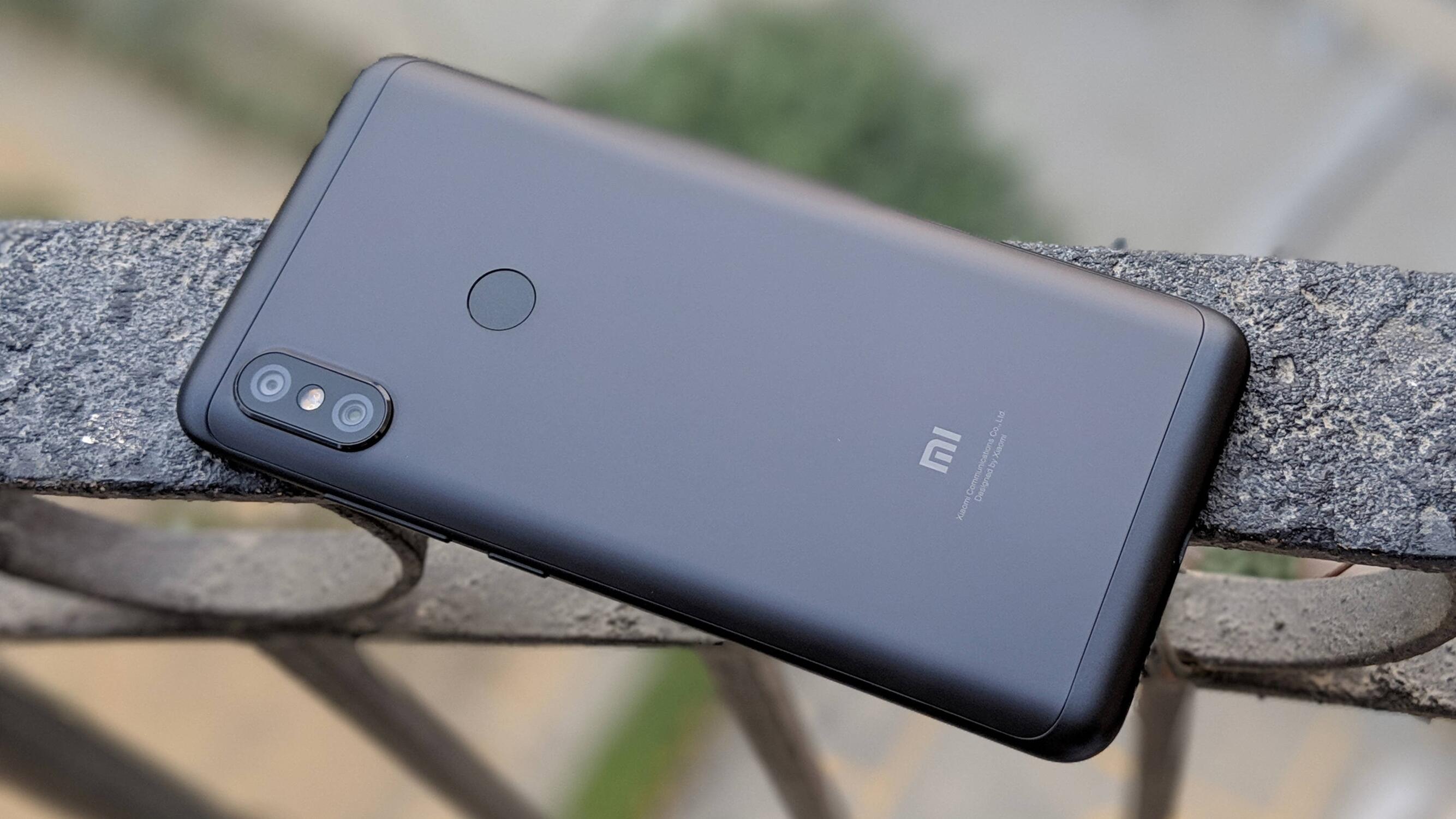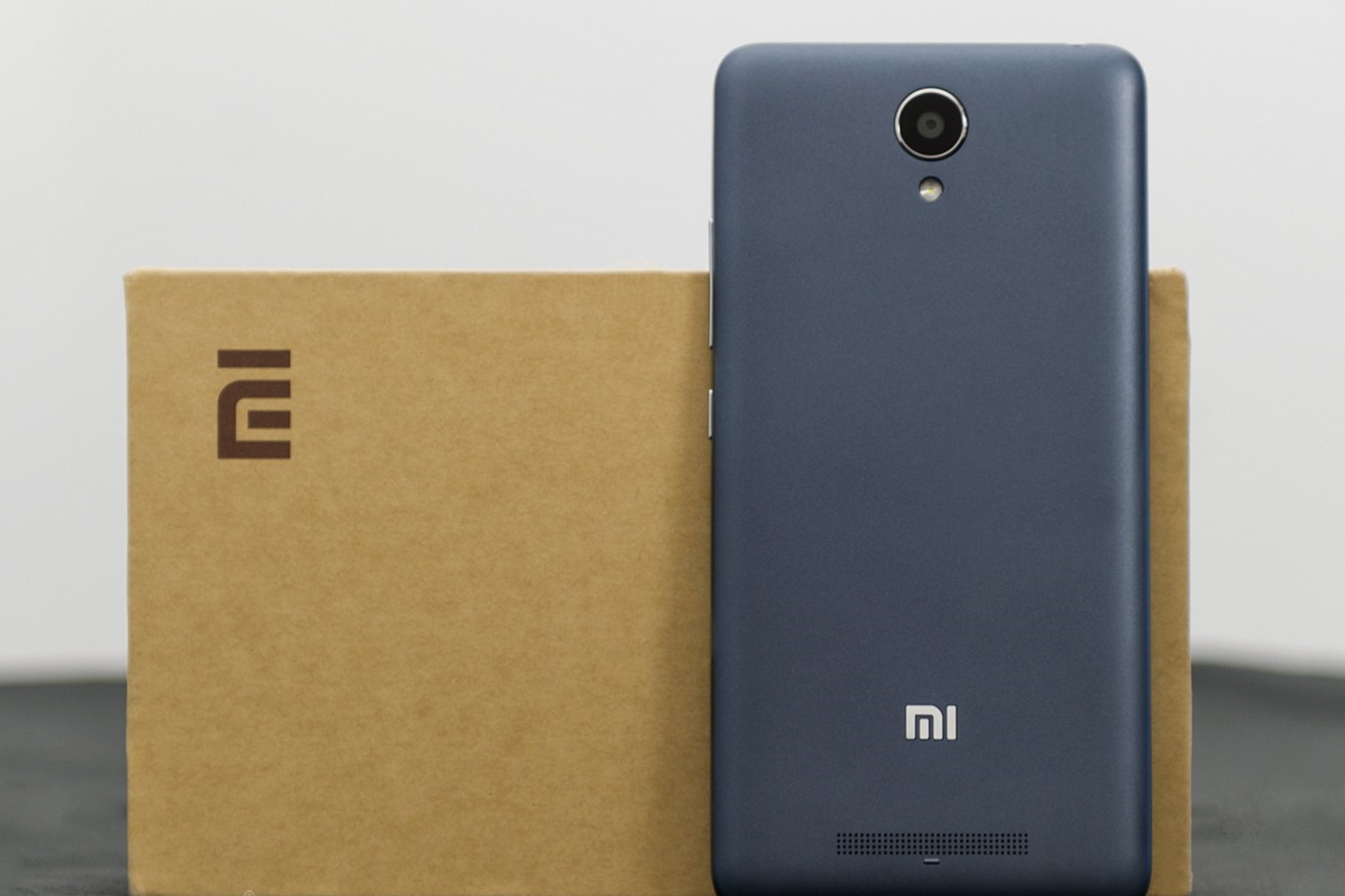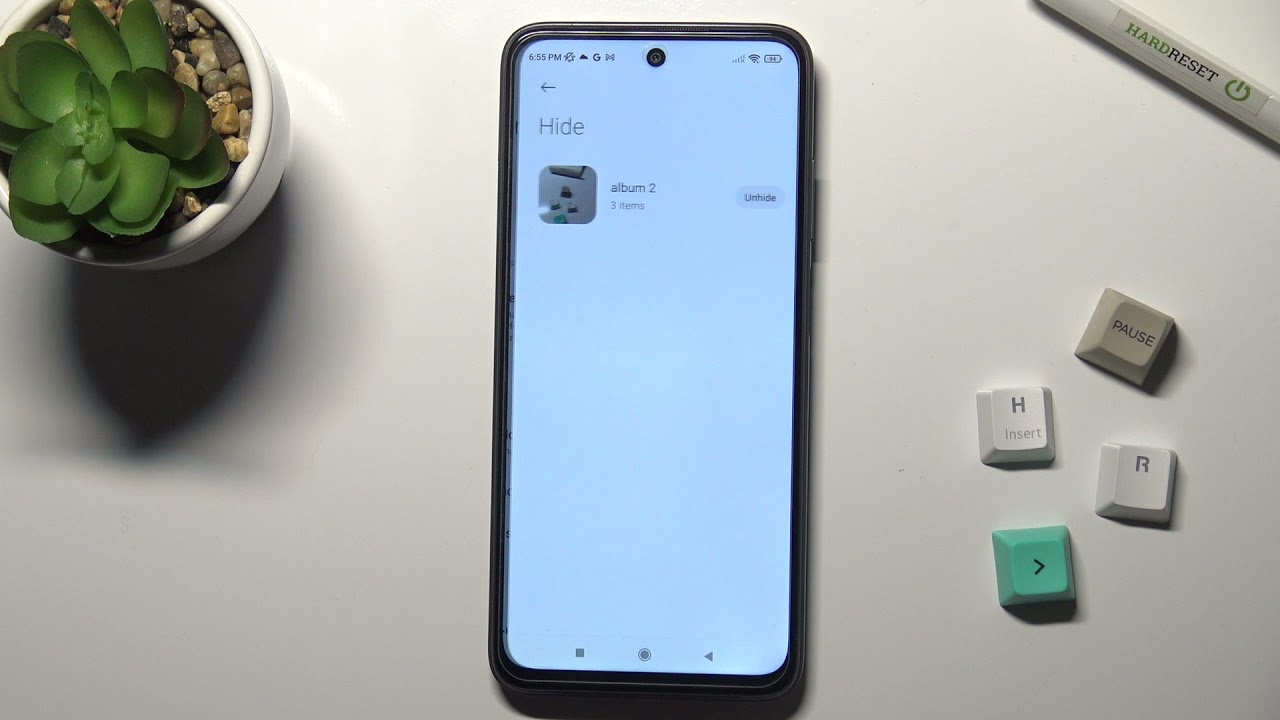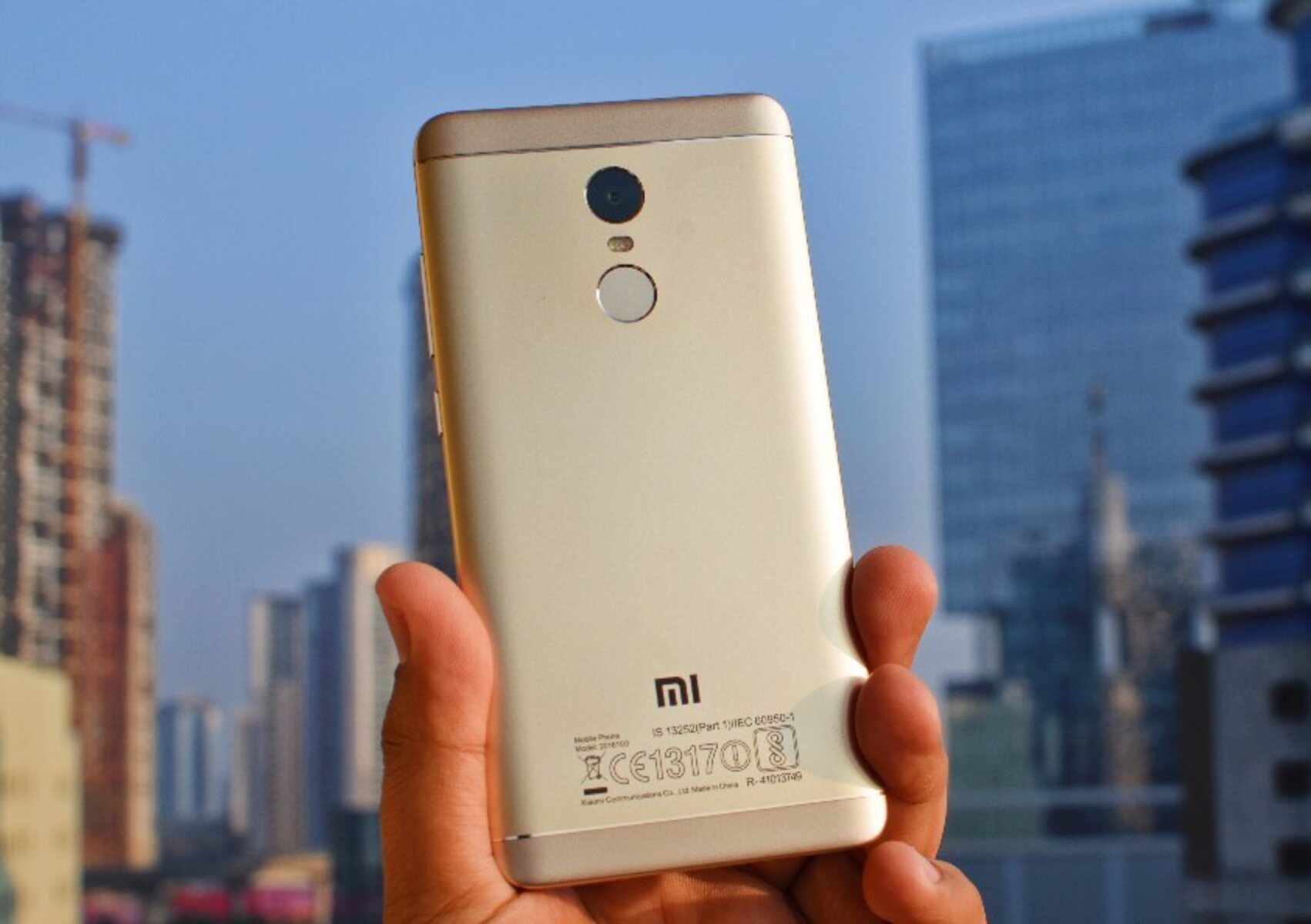Introduction
In the fast-paced world of mobile technology, our smartphones have become indispensable tools that seamlessly integrate into our daily lives. From staying connected with loved ones to managing work tasks on the go, our reliance on these devices is undeniable. However, despite their advanced capabilities, smartphones can encounter issues that may necessitate a hard reset to restore functionality. In this comprehensive guide, we will delve into the process of performing a hard reset on the Redmi 4, a popular and reliable device known for its impressive performance and user-friendly interface.
The Redmi 4, equipped with a robust set of features and a sleek design, has garnered a loyal following among tech enthusiasts and casual users alike. While the device offers a seamless user experience, there are instances where a hard reset may be the most effective solution to address persistent software glitches or performance issues. Understanding the intricacies of performing a hard reset on the Redmi 4 is essential for users to maintain the device's optimal functionality and address any unforeseen challenges that may arise.
As we embark on this informative journey, we will explore the concept of a hard reset, its significance in resolving software-related issues, and the step-by-step process to perform a hard reset on the Redmi 4. By gaining a comprehensive understanding of this essential procedure, users can equip themselves with the knowledge and confidence to troubleshoot their devices effectively, ensuring a seamless and uninterrupted mobile experience.
Join us as we unravel the intricacies of hard resetting the Redmi 4, empowering users to navigate through potential challenges with ease and reclaim the full potential of their beloved device. Let's embark on this enlightening exploration to demystify the hard reset process and unlock the power of seamless mobile device management.
What is a Hard Reset?
A hard reset, also known as a factory reset or master reset, is a fundamental troubleshooting procedure that restores a device to its original state by erasing all user data and settings. This process effectively eliminates any software-related issues that may be impacting the device's performance, providing a clean slate for users to start afresh. When a hard reset is performed, the device's operating system is reverted to its factory settings, eradicating any customizations, installed apps, and user-generated data.
In the context of the Redmi 4, a hard reset serves as a powerful tool to address a wide range of software-related issues, including persistent app crashes, system freezes, and unresponsive behavior. By initiating a hard reset, users can effectively troubleshoot these issues and restore the device to a stable and functional state.
It is important to note that a hard reset should be approached with caution, as it results in the complete erasure of user data. Therefore, it is crucial to back up essential data such as contacts, photos, and documents before proceeding with a hard reset. Additionally, users should ensure that the device is sufficiently charged or connected to a power source to prevent any interruptions during the reset process.
In essence, a hard reset acts as a powerful reset mechanism, offering users a reliable solution to address software-related challenges and restore their devices to optimal performance. By understanding the significance of this procedure, users can leverage its potential to effectively troubleshoot their devices and maintain a seamless mobile experience.
The next section will delve into the specific scenarios that may warrant a hard reset on the Redmi 4, shedding light on the circumstances where this essential procedure becomes a valuable troubleshooting tool.
When to Perform a Hard Reset on Redmi 4
Performing a hard reset on the Redmi 4 is a crucial troubleshooting step that can effectively address a range of software-related issues. Understanding the specific scenarios that warrant a hard reset empowers users to identify when this procedure becomes essential for restoring the device's optimal functionality.
-
Persistent Software Glitches: When the Redmi 4 experiences persistent software glitches such as app crashes, unresponsive interfaces, or erratic behavior, a hard reset can serve as a potent solution. These glitches may arise due to conflicting app installations, corrupted system files, or software conflicts. By performing a hard reset, users can effectively eliminate these issues and restore the device to a stable state.
-
System Freezes and Unresponsiveness: In instances where the Redmi 4 encounters frequent system freezes or becomes unresponsive to user inputs, a hard reset can provide a viable remedy. System freezes may occur due to memory leaks, resource-intensive apps, or software conflicts. By initiating a hard reset, users can resolve these issues and regain control over the device's responsiveness.
-
Persistent Performance Issues: When the Redmi 4 exhibits persistent performance issues such as slow operation, prolonged app loading times, or sluggish multitasking, a hard reset can offer a comprehensive solution. Performance issues may stem from accumulated system clutter, outdated software, or conflicting app configurations. A hard reset enables users to address these performance issues and restore the device to its optimal speed and responsiveness.
-
Software Corruption and Malware Concerns: In the event of suspected software corruption or malware-related concerns, a hard reset can effectively mitigate these security risks. Software corruption and malware can compromise the device's stability and data integrity, posing significant security threats. By performing a hard reset, users can eradicate potential software corruption and remove malicious entities, ensuring the device's security and integrity.
By recognizing these specific scenarios that necessitate a hard reset, Redmi 4 users can proactively address software-related challenges and restore their devices to a stable and functional state. The next section will delve into the essential preparations required before initiating a hard reset on the Redmi 4, equipping users with the knowledge to undertake this critical procedure with confidence.
Preparing for a Hard Reset
Before embarking on the process of performing a hard reset on the Redmi 4, it is essential to undertake thorough preparations to ensure a seamless and successful reset experience. By adhering to these preparatory steps, users can safeguard their essential data, optimize the device's settings, and mitigate potential risks associated with the reset process.
Backup Essential Data:
Prior to initiating a hard reset, it is imperative to back up essential data stored on the Redmi 4. This includes contacts, photos, videos, documents, and any other user-generated content. By backing up this data to an external storage device or a cloud-based service, users can safeguard their valuable information and prevent permanent data loss during the reset process.
Charge the Device:
Ensuring that the Redmi 4 is adequately charged or connected to a power source is crucial before initiating a hard reset. A sufficient battery level or a stable power connection prevents the risk of an abrupt shutdown during the reset process, which could potentially lead to software corruption or incomplete reset execution.
Review App and System Settings:
Taking stock of the device's app configurations and system settings is advisable before performing a hard reset. This includes noting any customized settings, app preferences, and system configurations that users may want to reinstate after the reset. By documenting these settings, users can streamline the post-reset setup process and ensure a personalized user experience following the reset.
Familiarize with Reset Process:
Gaining a comprehensive understanding of the hard reset process specific to the Redmi 4 is essential. Users should familiarize themselves with the step-by-step instructions for initiating a hard reset, ensuring that they are well-informed about the reset procedure and its implications. This knowledge empowers users to navigate through the reset process confidently and effectively.
By meticulously preparing for a hard reset on the Redmi 4, users can mitigate potential risks, safeguard their essential data, and streamline the reset process. These preparatory steps lay the foundation for a successful reset experience, enabling users to address software-related challenges and restore their devices to optimal functionality with confidence and ease.
Steps to Perform a Hard Reset on Redmi 4
Performing a hard reset on the Redmi 4 involves a series of systematic steps to restore the device to its factory settings, effectively addressing software-related issues and restoring optimal functionality. It is essential to follow these steps diligently to ensure a successful reset experience and mitigate potential risks associated with the process.
-
Backup Essential Data: Before initiating the hard reset, it is crucial to back up essential data such as contacts, photos, videos, and documents to an external storage device or a cloud-based service. This safeguards valuable information and prevents permanent data loss during the reset process.
-
Power Off the Device: To commence the hard reset, power off the Redmi 4 by pressing and holding the power button until the power off menu appears. Select "Power off" from the menu and confirm the action to shut down the device completely.
-
Access Recovery Mode: Once the device is powered off, the next step is to access the recovery mode. This is achieved by pressing and holding the power button and the volume up button simultaneously until the Mi logo appears on the screen. Release the buttons to enter the recovery mode.
-
Navigate the Recovery Menu: In the recovery mode, use the volume buttons to navigate through the menu options and the power button to confirm selections. Scroll to the "Wipe data" or "Factory reset" option, then press the power button to initiate the reset process.
-
Confirm Reset Action: A confirmation prompt will appear to ensure that the user intends to proceed with the reset. Navigate to the "Yes" option using the volume buttons and confirm the action by pressing the power button. This initiates the hard reset process, erasing all user data and settings.
-
Wait for Reset Completion: The hard reset process may take a few minutes to complete, during which the device will erase all user data and restore the operating system to its factory settings. Once the reset is finalized, a confirmation message will appear on the screen.
-
Reboot the Device: After the hard reset is completed, navigate to the "Reboot system now" option in the recovery menu and confirm the action. This will reboot the device, initiating the post-reset setup process.
By meticulously following these steps, users can effectively perform a hard reset on the Redmi 4, addressing software-related challenges and restoring the device to its original state. The next section will delve into the essential post-reset actions and considerations, empowering users to seamlessly transition into a restored mobile experience.
After the Hard Reset: What to Do Next
Following the successful completion of a hard reset on the Redmi 4, users are poised to embark on the post-reset phase, where essential actions and considerations pave the way for a seamless transition into a restored mobile experience. As the device is restored to its factory settings, users must undertake specific steps to optimize the post-reset setup and ensure a personalized and functional device environment.
Reconfigure System Settings:
Upon rebooting the device after the hard reset, users should proceed to reconfigure essential system settings to align with their preferences. This includes adjusting display settings, network configurations, security preferences, and system language settings. By customizing these settings to suit individual preferences, users can personalize the device environment and optimize the user experience.
Reinstall Essential Apps:
After the hard reset, users should reinstall essential apps that were previously installed on the device. This includes productivity tools, communication apps, entertainment platforms, and any other applications that are integral to the user's daily routine. By reinstalling these apps, users can restore the device's functionality and seamlessly resume their digital activities.
Restore Backed-Up Data:
Following the hard reset, users should restore backed-up data, including contacts, photos, videos, and documents, to the device. This ensures that essential information is seamlessly reintegrated into the device environment, preserving valuable data and maintaining continuity in personal and professional digital assets.
Perform System Updates:
It is advisable to check for and install any available system updates following the hard reset. System updates often include security patches, performance enhancements, and feature upgrades that contribute to the device's stability and functionality. By ensuring that the device is running the latest software version, users can optimize its performance and security posture.
Monitor Device Performance:
After the hard reset and post-reset setup, users should monitor the device's performance to ensure that it operates smoothly and efficiently. This includes assessing app responsiveness, system stability, and overall performance metrics. By actively monitoring the device's performance, users can identify and address any residual issues that may require further attention.
By diligently undertaking these post-reset actions and considerations, users can seamlessly transition into a restored mobile experience, leveraging the benefits of a hard reset to address software-related challenges and restore the Redmi 4 to its optimal functionality. This proactive approach empowers users to reclaim the full potential of their devices and maintain a seamless and uninterrupted mobile experience.
Conclusion
In conclusion, the process of performing a hard reset on the Redmi 4 serves as a fundamental troubleshooting tool that empowers users to address a myriad of software-related challenges and restore the device to its optimal functionality. By understanding the significance of a hard reset and familiarizing themselves with the step-by-step procedure, Redmi 4 users can navigate through potential software glitches, system freezes, and performance issues with confidence and ease.
The hard reset process, encompassing essential preparatory steps, meticulous execution, and post-reset considerations, offers a comprehensive solution to restore the device to its factory settings, effectively eradicating software-related issues and providing a clean slate for users to resume their digital activities. The significance of backing up essential data, ensuring a stable power source, and customizing system settings post-reset cannot be overstated, as these actions contribute to a seamless and personalized device environment.
As users embark on the post-reset phase, reconfiguring system settings, reinstalling essential apps, and restoring backed-up data are pivotal steps that contribute to a smooth transition into a restored mobile experience. Additionally, staying vigilant about system updates and actively monitoring the device's performance post-reset enables users to optimize the device's functionality and address any residual issues that may arise.
Ultimately, the hard reset process on the Redmi 4 empowers users to proactively troubleshoot software-related challenges, restore the device to its optimal state, and maintain a seamless and uninterrupted mobile experience. By leveraging the insights and guidance provided in this comprehensive guide, Redmi 4 users can navigate through potential software glitches and performance issues with confidence, reclaiming the full potential of their beloved device.
As technology continues to evolve, the knowledge and proficiency in troubleshooting and device management become invaluable assets for users seeking to optimize their mobile experience. The empowerment gained from understanding the intricacies of a hard reset and its implications positions users to effectively address software-related challenges and maintain a stable and functional device environment.
In essence, the hard reset process on the Redmi 4 embodies the resilience and adaptability of modern mobile devices, offering users a reliable solution to navigate through software-related challenges and restore their devices to optimal functionality. With this comprehensive guide as a companion, users can embark on their mobile device management journey with confidence, equipped with the knowledge and proficiency to address unforeseen challenges and maintain a seamless and uninterrupted mobile experience.

























